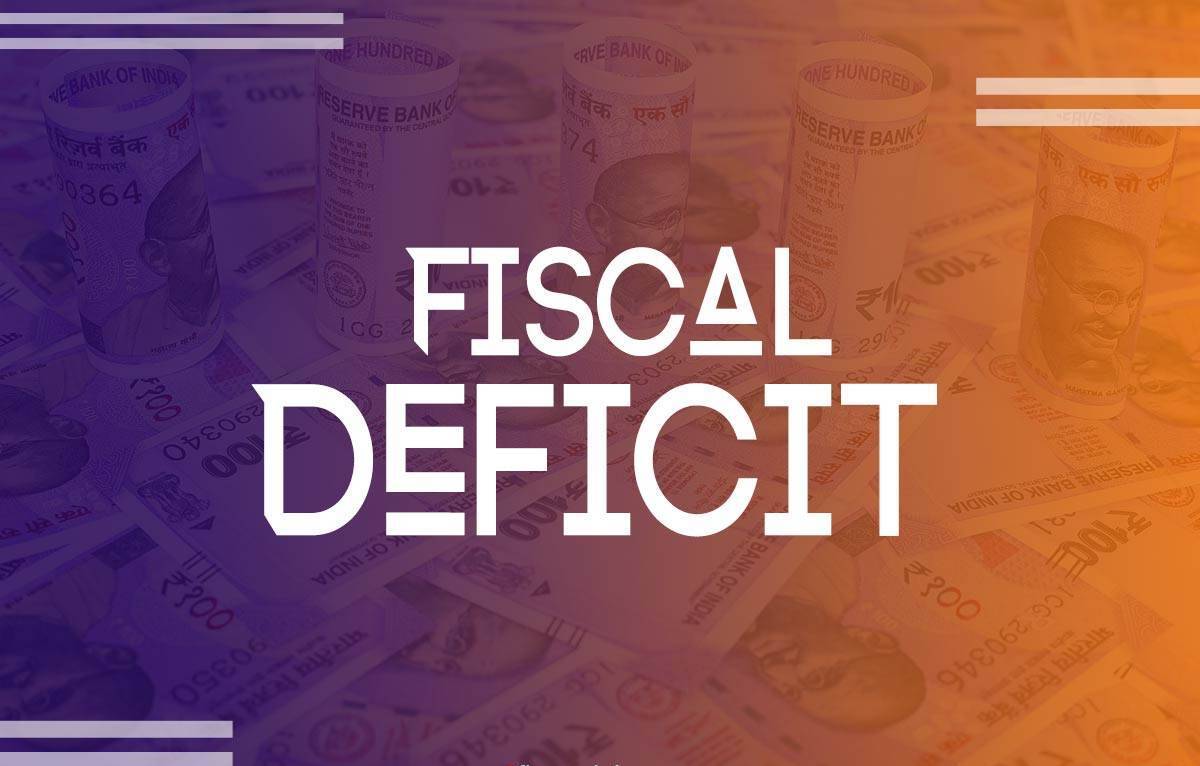Higher tax revenues allow Centre to boost capex, curb fiscal deficit during April-September
There is a lack of clarity on whether the disinvestment target of Rs 1.75 lakh crore will be achieved in the current fiscal, and big-ticket plans like the BPCL sale will be crucial.
Robust revenues helped the Centre to contain its fiscal deficit in the first half of the current fiscal at 35% of annual budget estimate (BE) compared with 114.8% a year ago and 92.6% in FY20.
In H1FY22, the Centre’s net tax receipts rose 101% on year to Rs 9.2 lakh crore or 59.6% of FY22BE compared with just 28% of the corresponding target a year ago and 36.8% of the relevant target during the period in pre-pandemic FY20. The Centre’s gross tax revenue (GTR) grew by 64% on year in H1FY22 compared with the required rate of 9.5% to achieve the annual target of Rs 22.17 lakh crore. The GTR in H1FY22 was 29% higher than the corresponding period of FY20. The wide disparity between gross and net tax revenue growth rates in H1FY22 indicates that the Centre could keep large part of the tax revenue with itself, as the most imposts on auto fuels are not shareable with the states.
This indicates that even with the relief packages and export subsidy arrears clearances announced recently, the fiscal cost of which is estimated at around Rs 2 lakh crore, the Centre’s fiscal deficit 2021-22 could be lower than the estimated 6.8% of GDP. Tax revenue receipts could exceed the BE by over Rs 2 lakh crore and expenditure rationalisation undertaken might allow savings of about Rs 1 lakh crore.
Gross custom duties grew 130% on year, followed by gross corporate tax (105%) and excise duties (33%) while state’s share in central taxes grew a paltry 0.08% in H1FY22.
Robust revenue receipts gave the Centre confidence to limit its annual market borrowing programme at the budgeted level of Rs 12.05 lakh crore for FY22 even after factoring in Rs 1.59 lakh crore back-to-back borrowing arranged by the Centre for GST compensation to states, effectively bringing down its borrowings by Rs 1.59 lakh crore on year.
There is a lack of clarity on whether the disinvestment target of Rs 1.75 lakh crore will be achieved in the current fiscal, and big-ticket plans like the BPCL sale will be crucial.
The Centre’s capital expenditure in H1FY22 stood at Rs 2.29 lakh crore or 41.4% of the annual target against 40.3% of the relevant target achieved a year ago. Total expenditure stood at Rs 16.26 lakh crore or 46.7% of the full-year target, compared with 48.6% a year ago. Data released by the Controller General of Accounts on Friday put the Centre’s fiscal deficit for H1FY22 at Rs 5.27 lakh crore against the BE for FY22 of Rs 15.07 lakh crore.
Commenting on the H2 borrowing plan announced on September 27, India Ratings chief economist Devendra Kumar Pant said, “interestingly, the centre is still maintaining Rs 1.81 lakh crore surplus cash balance with RBI at end-September 2021 (end-March 2021: Rs 1.82 lakh crore). With such a huge cash surplus with RBI, the Centre is on a strong wicket to either improve expenditure or reduce market borrowing.” The fiscal deficit is expected to be 6.6% of GDP for FY22, Pant added.





